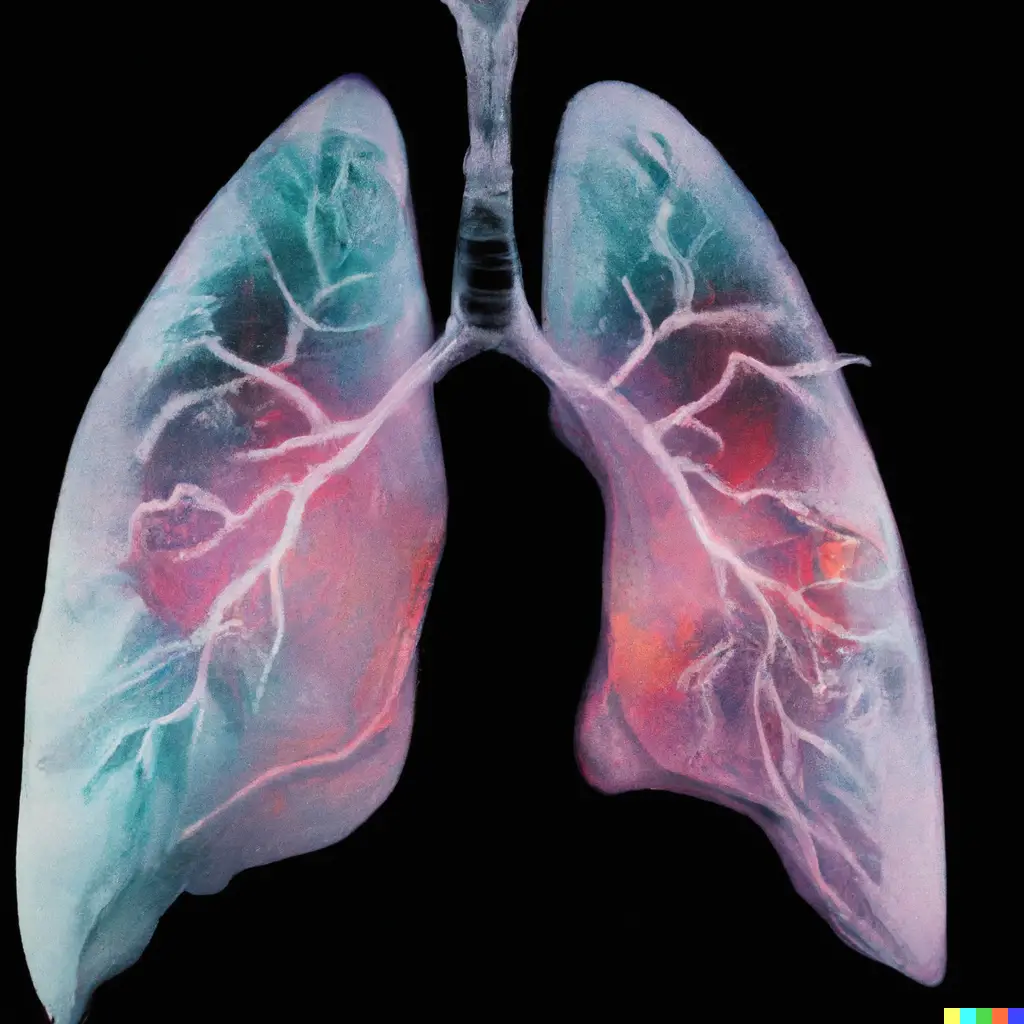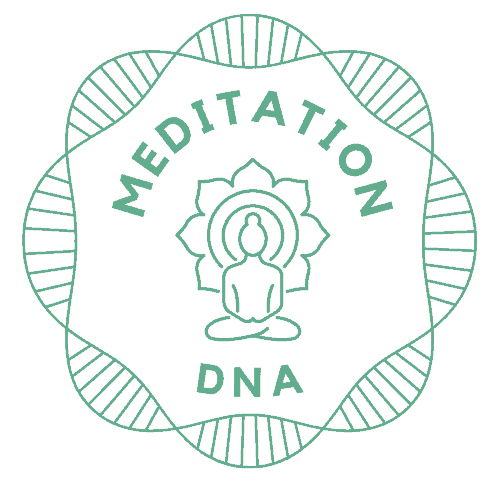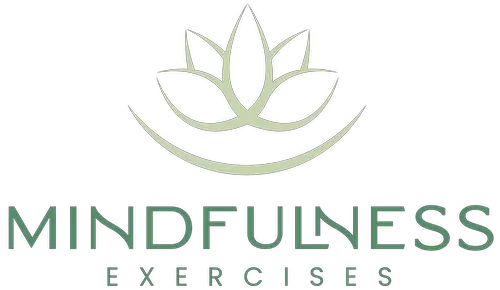
Pranayama meditation practice is an ancient practice of breathwork that has been incredibly beneficial for physical and mental health. If you’re looking for more balance in your life, pranayama meditation could be the perfect way to get there.
By learning breath control, you can help reduce stress, improve your concentration and energy levels, and increase feelings of well-being and relaxation. Not only that but it has also been known to improve overall physical health by increasing oxygen intake, reducing blood pressure, and strengthening the immune system.
So if you’re ready to breathe your way to a calmer state of mind, read on!
Pranayama meditation is an easy practice to get into, and it can be done anytime, anywhere. The goal of pranayama is to increase awareness of the breath and to learn how to control its flow in a relaxed manner.
This can be done by focusing on the inhale and exhale, counting breaths, or even visualizing colors while you breathe. With regular practice, you can achieve a deep state of relaxation which will help reduce stress and bring balance back into your life through intentional and deep breathing. You might also find that your breathing becomes smoother and deeper and have more energy throughout the day.
Additionally, regular pranayama meditation has been proven to improve mental clarity and focus, which could benefit those who wish to increase productivity or creativity. Ultimately, pranayama meditation is a great way to experience the benefits of breathwork and bring more balance into your life. It’s so easy to get started on, so why not give it a try?
Pranayama meditation is a great way to bring balance back into your life and improve your overall well-being. Once you learn how to control your breath, you’ll quickly start feeling the effects of this ancient practice. Aside from reducing stress and bringing a sense of relaxation, pranayama meditation can also help improve mental clarity and focus, making it ideal for problem-solving or other tasks that require intense concentration.
Furthermore, regular pranayama meditation can help improve physical health in a variety of ways as well. All these benefits make it clear why so many people are turning to pranayama meditation as an effective way to bring balance back into their lives.
Pranayama is one of the 8 limbs of yoga so is therefore an important tool for reaching a more conscious state of mind through meditative awareness. It therefore also goes hand in hand with certain spiritual practices and yoga techniques. A variety of breathing techniques and breathing exercises include Nadi Shodhana (alternate nostril breathing practice), Ujjayi breathing (ocean breath), 2 to 1 breathing, parasympathetic breathing, 3-part breathing, Sitali breath (cooling breath), Kapalabathi breath (fire breath), prolongation of breath holding.
Whether you practice, 30-45 minutes, 20-30 minutes, 10-15 minutes, or even just 2-5 minutes it all counts towards benefiting your quality of life!
So scroll down for a 15 min free downloadable pranayama meditation pdf script for you to try. From us to you.
3 Pranayama Meditation Practices
When you are ready, just find a comfortable cross-legged seat in the middle of your mat. If you would like, you can sit on top of a block or a pillow just for some elevation of the hips. Sitting up nice and tall, stacking spine on top of the sitting bones. Allow shoulder blades to roll away and down the spine or away from the ears. Gently resting the head and neck on top of the spine. In the middle of the body. Placing the hands on top of the knees.
And your choice here, you can either face the palms down for a sense of grounding, or if you would like, you could face the palms up towards the sky for a sense of receptivity.
Close the eyes if they aren’t already. Today’s meditation practice is a pranayamic practice. So we’ll be concentrating on some breathwork.
I’d like you now to start to shift your awareness towards your breath. We’re not actively changing the breath just yet, we’re just simply observing. Observing every inhale and observing every exhale. Noticing as the air moves in through the nose. Down the trachea, throat. Expands the lungs, expands the chest, the ribs the belly, the lower belly.
Create space in the body. As you exhale through, the lower belly, the belly, the ribs, the chest and all the air moves out of the nose. Inhale through the nose. Chest, ribs, belly. Exhale, belly, ribs chest. Gently and slowly start to actively switch the breath into three-part breathing. So inhale through the nose. Expanding the top of the chest. Then expanding the ribs. Then expanding the belly. To compartmentalize these different parts of the body as you breathe. Exhale belly, ribs float down, chest float down. All the way out the nose. Inhale through the nose. Deep into the body, chest, ribs, belly. Exhale belly, ribs, chest.
We have five more just like that, so in your own time. See how long you can make the breathe. Extending the breath as much as possible. Deepening the breath as much as possible. So take up as much time and space as you can. Maybe visualizing blowing up a balloon as you inhale. And then all the air deflates the balloon out as you exhale. Once you have completed the last round of your three-part breathing exercise. Just gently let that go. So keeping that awareness and letting go of the control. Letting go of activation just allow your breath to settle back into its natural rhythmic state.
And then we move on to our next pranayama practice. Nadi Shodhana breathing. Alternate nostril breathing. So we’ll start by taking the right-hand thumb. Placing it towards the right nostril. Taking the right-hand ring finger, placing it towards the left nostril. And then the index and the middle finger just gently rest in between the eyes. Your third eye center in the middle of the forehead. We’ll start by breathing in through both nostrils. Exhale out through the mouth. Closing off the left nostril, inhale through the right. Close off the right nostril with the thumb exhale left.
Inhale through the left. Close off the left with the ring finger, exhale right. Inhale, right. Exhale, left. Inhale left. Exhale, right. Inhale right. Exhale, left. Inhale left. Exhale, right. Again, we repeat this for five more rounds in your own time. Every time you exhale through the right, it completes one round. So in the previous one, we separated the three parts of the abdomen. Here we separate the right and the left. Notice how all the energy and the awareness moves from right to left and then from left back to right. It’s a continuous cycle and motion of breath and energy. Once you have completed your last and fifth, round there’s no rush. Take your time to finish up. Take the right hand away from
the face, back towards the knee. Keeping eyes closed.
Allow the breath once again to settle to its central point. Breathing in and out through both nostrils.
Then for our last pranayama practice we will be doing an extended exhale breath. So the 2 to 1 ratio breathing. This is simply just inhaling for the count of three. And then we exhale for the count of six.
Throughout this exercise, you’re welcome to adjust the counts as needed for your body, as long as your exhale is double the counts of your inhale. So together we inhale through the nose 1 2 3. So it’s a rapid intake of air. Out the nose, we exhale 1 2 3 4 5 6. Inhale 1 2 3. Exhale 1 2 3 4 5 6. Inhale 1 2 3. Exhale 1 2 3 4 5 6. Continue like that once again for five more rounds in your own time.
At any point, if there’s any stress or tension on the breath in the body, notice that. And then just drop the counts slightly so they can be comfortable in the body. At no point do you want to feel a catching sensation or feeling of tension and stress. The whole intention of breathing exercises is to relax the body. To effectively move the air and the energy throughout the body.
This specific exercise with an extended exhale allows us to tap into our parasympathetic nervous system, our rest and digest nervous system. Deactivating our flight and fight response. Allowing the body to come to a natural, easy, calm, and relaxed state. Once you have completed your last round of your 2 to 1, breath again you can let it go.
Allow yourself to slip back into a natural breathing pattern. Releasing the control. Releasing activation. Now, just notice and observe how the body feels. Maybe the breath feels slightly different in the body than it did at the beginning of the practice. Again, not actively trying to change it, control it, or shift it. Just simply observing.
Then to end our practice, together, take one deep breath through the nose. Exhale out of the mouth. Let go completely. Inhale. Exhale. Now inhale take the hands together, thumbs at the sternum. Exhale out the mouth and let go completely bow the forehead to the fingertips. Thanking yourself for showing up and creating this time and space for yourself.




